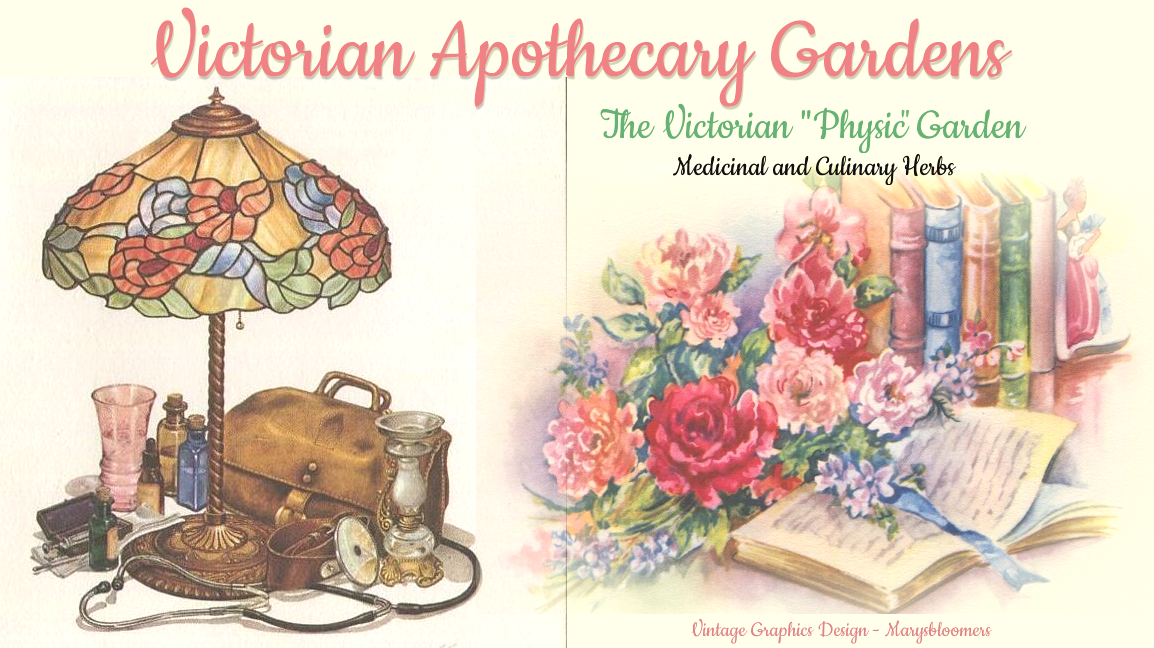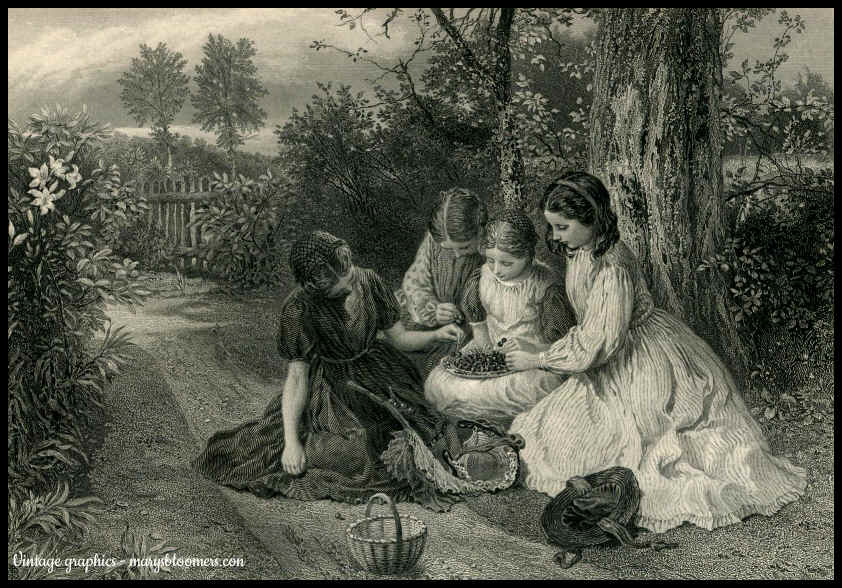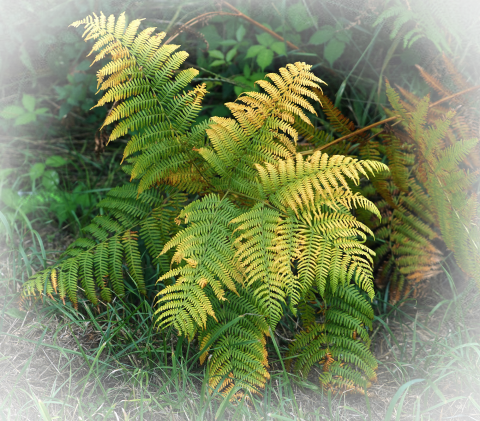|
|
|
These Victorian Physic Gardens were originally called apothecary gardens, and many monasteries and large estates had physic gardens where plants were grown for cooking and healing. They were also known as "potagers". Although potagers were mostly used as food and herb gardens. A physic garden is a type of herb garden filled with medicinal and healing plants, and culinary herbs. Botanical gardens developed from these. A Physic and Herb Garden combination is desirable. An Ornamental Physic Garden containing medicinal and culinary herbs, ornamental flowering shrubs, plants and trees is beautiful. It can also include plants that create a habitat garden for pollinators and birds. The traditional physic garden is a layout where plants and herbs are grouped together in relation to their healing or soothing properties, affecting different parts of the body or medical conditions. In the 16th century, Italy developed the first physic gardens. Physic gardens were closely related to botanical gardens, as both garden types encouraged the collection, documentation and study of different plant species. Beautiful and cheerful chamomile has its place in physic and ornamental gardens. Rosemary fits in with culinary and medicinal gardens. The primary difference between the two garden types was that physic gardens were principally concerned with growing herbs for their medicinal qualities. Traditionally, medicinal gardens were grown in a walled courtyard. This resulted in a protected environment that most of the plants could thrive in. Spiral or circular designs work well. Medicinal herbs and fruits are also ornamental - These are not only of medicinal value, but valued for beauty as ornamental plants, their fragrance and as food source. A physic garden's plants blend well with vegetables, too. You can have a garden with 3 purposes. Many medicinal and culinary herbs can be grown indoors. Several of these herbs attract bees, butterflies and other pollinators to your garden.
Grow any mints you like
for food and healing - But
remember....these are invasive, as are any plants of the mint family. ***Foxglove was used to treat
dropsy, or congestive heart failure. Feverfew is used today as a remedy for migraine headaches and is an antiseptic. Aloe vera is an important medicinal. It's used to regulate the digestive system, strengthen the immune system, and heal wounds and burns. Thyme is antimicrobial, and valuable as a culinary herb. Creeping Lemon Thyme is beautiful between stepping stones and steps. It creates a fragrant, short, and tasty ground cover, and looks beautiful at the base of plants in pots, and in window boxes. Hops was a common ingredient in
medicines, used to help people relax. It helps with insomnia, anxiety
and depression. Although commonly thought of as an ingredient in beer,
it could be used to make tea. Simply breathing in the plantís odor
can be healing. Tansy repels pests, and was used to remove parasites, and help with gas. It was also used to for inflammations, and as a wound wash Mullein leaves and flowers are used
as an anti-spasmodic. Butterfly weed was used for pleurisy. It is a variety of milkweed. Its root helps with influenza, pneumonia and other communicable diseases. Milkweed is essential for the protection of Monarch Butterflies, too. I have spotted several hummingbirds feeding among the clustered blossoms. Butterfly weed spreads, so it's best to grow in in containers or separate beds. Be sure not to let the fuzzy seedheads stay on the plants or begin to scatter. Your neighbors might not want it growing in their yards on their lawns. Pokeweed was used to treat eczema,
scabies and other skin diseases. It was also used for arthritis. Chicory was used for jaundice, for
liver and gallbladder ailments and to lower blood sugar. It's also
used to eliminate the bitterness of coffee. Elderberry has been promoted as a "super"food. It was used to make a fruity wine, and mixed into jams. Unripe elderberries are toxic. Use only ripe berries in recipes or as a supplement. Birds love it, too. I don't ingest mine, I don't trust the toxicity. I use mine as ornamental shrubs and in my Asian-style garden designs. Edible Garden - Grow dwarf fruit trees and berry plants in pots. Ornamental, some are medicinal, and they are great for putting up jams and condiments, and to make bitter medicinal tonics go down better.. Grow a large planter or two of an ornamental or heirloom vine or bush. I use Delicata Squash, mini pumpkins and gourds. They don't take up much room and look stunning when their fruits hang from a trellis. Design ideas: In designing this garden,
begin to do it as
you would any garden design, and plant in spring or fall. Avoid
planting and transplanting in the heat of summer. If you are
installing a new garden, rather than using an existing area, begin
your digging and add soil and amendments as soon as the ground is
workable, to prepare for the later plantings. For pathways, use grass, moss or creeping thyme, old brick or mis-matched cobblestones. You can use flagstone or other dark and flat stone, or natural-looking stepping stones without a pattern. Don't opt for the usual patio pavers. unless they're plain black or terra cotta flat floor tile or pottery types. Dark brown rubber mulch looks nice as an outline, weed barrier throughout the garden, or as a path, and it lasts forever. Avoid the use of white tile. They stand out too much and reflect the sun and heat into the garden, and sometimes frying your plants.
Plant
Nasturtium in and around the garden to keep away insects. It's pretty,
and its flowers are delicious in salads. The Victorians were
absolutely obsessed with ferns and ferneries to showcase them. They
arranged fern hunting parties and trekked to the forests with friends
for ferns to grow in and around their homes. For your garden, add
hardy and uniquely shaped or colored, dwarf varieties in urn-shaped
pots, in ferneries, ornate receptacles, and add taller ones to outline
or fill the back of your garden, or grow against a structure or fence.
Do not gather from the forests. Those wild ferns can take over your
yard or deplete the forests, if you are not familiar with them, or
their habitat.
If you collect medicine and cure-related bottles and cosmetic jars, you can incorporate your collection into the physic garden. Put a little sand inside or little pebbles in in the unsteady ones, and cluster or place among your medicinal plants. Talc and cosmetic tins, along with metal medicine tins are colorful and make nice accessories on side tables or on wide pedestals. Add an old granite, marble, or metal mortar and pestle in any cluster of plants. An old and ornate tea or coffeepot work well in the design, too, displayed on a table or chair. Old granite or enamelware wash basins, pails, and
sickroom supplies from the flea market or yard sales look awesome in
the physic garden, and weather doesn't bother them. Add a spray of
outdoor varnish or weatherproofing if you're going to leave these
items outdoors in winter. An old water pump is beautiful among the
plants. There's a treasure trove of vintage
and repro bath,
medical, medicinal and cosmetic accessories at flea markets, antiques
auction and yard sales. You
can design your entire garden inexpensively. The Victorian era was
known for it's excesses and elaborate decorating themes and customs.
They were not very attentive to size and space limits, boundaries or
straight lines, and were fine with the ostentatiously gaudy. As a finishing touch in any area or section of the garden, use solar pathlights or solar fairy (string) lights for ambience and magic in the evenings. Victorians were in love with the idea of garden fairies, and many believed that the fairies lived in theirs, and came out to play after dark, if not disturbed or frightened. The subtle glow of teeny lights in clusters here and there, or hanging from branches is beautiful and magical. Do not set the lights to blink. They should glow dimly. The addition of a few solar coach lanterns on walking paths is also very attractive. These glow with a realistic-looking golden yellow candle light inside. Try not to put them in defined lines, make them meander.
Smithsonian
Design, graphics,
articles and
photos ©2008+ marysbloomers.comô |



